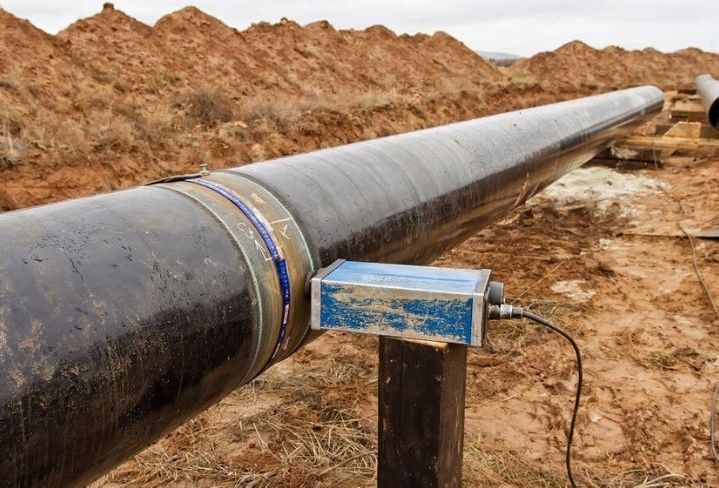When we talk about protecting our invaluable underground pipelines, which serve as the arteries for transporting water, oil, gas, and other essential resources, one silent guardian stands out: cathodic protection. This might sound like something straight out of a science fiction novel, but it’s a real, proven method that safeguards these critical infrastructures from the relentless threat of corrosion. Cathodic protection is a technique used to control the corrosion of a metal surface by making it the cathode of an electrochemical cell.
So, why is cathodic protection so crucial for pipeline longevity, and how does it work? Stick around, and you’ll find out how this method not only saves billions in potential damages but also prevents environmental disasters.
What is Cathodic Protection, and How Does It Work?
Cathodic protection (CP) is a sophisticated method employed to prevent metal corrosion. At its essence, it involves applying a technique to control the electrochemical environment of the metal surface. This is achieved by altering the electrical charge of the metal, making it more resistant to corrosion.

In practice, CP transforms the metal needing protection into a cathode within an electrochemical cell. This is accomplished by attaching a more easily corroded “sacrificial metal” to the structure or employing an external power source to provide a protective current. Thus, it stops the corrosive process in its tracks.
The beauty of cathodic protection lies in its simplicity and effectiveness. By ensuring that the protected metal does not serve as an anode (where corrosion occurs), it remains intact. This method is a cornerstone in preserving the integrity of pipelines against the inevitable forces of corrosion.

The Two Types of Cathodic Protection: Sacrificial Anode and Impressed Current
Cathodic protection is a critical technique for combating corrosion, particularly in the infrastructure of pipelines. It employs two primary methods: Sacrificial Anode and Impressed Current Cathodic Protection (ICCP). Each approach has its unique application and benefits, ensuring long-term protection against the relentless threat of corrosion.
Sacrificial Anode Method
The Sacrificial Anode Method involves attaching a more reactive metal to the pipeline. This metal, known as the sacrificial anode, corrodes in place of the pipeline. It’s a self-regulating system that’s particularly suitable for smaller structures or where power sources are not readily available.

This method is favored for its simplicity and effectiveness. The anodes, typically made of magnesium, aluminum, or zinc, offer a practical solution to protect pipelines by “donating” electrons, thereby preventing the pipeline metal from corroding.
In essence, the sacrificial anodes take the hit, slowly corroding over time. This process effectively preserves the integrity of the pipeline, extending its operational lifespan significantly.

Impressed Current Cathodic Protection (ICCP)
Impressed Current Cathodic Protection (ICCP) is a more complex system designed for larger structures. It uses an external power source to drive a direct current (DC) to the pipeline, thereby protecting it from corrosion.
ICCP systems are adaptable and can be fine-tuned based on the specific requirements of the pipeline. This flexibility makes it an ideal choice for extensive pipeline networks, ensuring comprehensive protection against corrosion.

The use of durable anodes and an external power source in ICCP systems ensures a consistent and controlled flow of electrons. This method provides a robust shield that prevents the pipeline metal from surrendering electrons and undergoing corrosion.
Both sacrificial anode and impressed current methods offer unique advantages in the fight against corrosion. Their application ensures the longevity and integrity of pipelines, safeguarding our critical infrastructure and the environment.

Why is Cathodic Protection Essential for Pipeline Integrity?
Cathodic protection is not just a fancy addition to pipeline infrastructure; it’s an essential component that ensures the integrity and longevity of these investments. Without CP, pipelines buried underground or submerged in water would suffer from corrosion, leading to leaks, ruptures, and catastrophic failures. This protection method significantly extends the life of pipelines, reducing the need for costly repairs and replacements, and preventing potential environmental disasters.
The Role of Monitoring and Maintenance in Cathodic Protection Systems
Implementing a CP system is only the first step. For cathodic protection to be effective, regular monitoring and maintenance are crucial. This involves checking the potential of the pipeline, ensuring the sacrificial anodes are replaced as needed, and that impressed current systems are functioning correctly. Neglecting these steps can render the CP system ineffective, leaving the pipeline vulnerable to corrosion.

The Environmental and Economic Impact of Cathodic Protection
Beyond preventing pipeline failures, cathodic protection plays a significant role in environmental conservation. By preventing leaks, CP helps avoid contamination of soil and water sources with hazardous materials. Economically, it’s a smart investment, saving companies and governments substantial amounts in potential repair costs, cleanup efforts, and lost resources due to pipeline failures.
Conclusion: Cathodic Protection as a Pillar of Pipeline Safety
Cathodic protection stands as a critical defense against corrosion, ensuring the longevity and safety of underground pipelines. Its role in environmental and economic sustainability is undeniable, making it an essential technology for infrastructure maintenance and protection.





